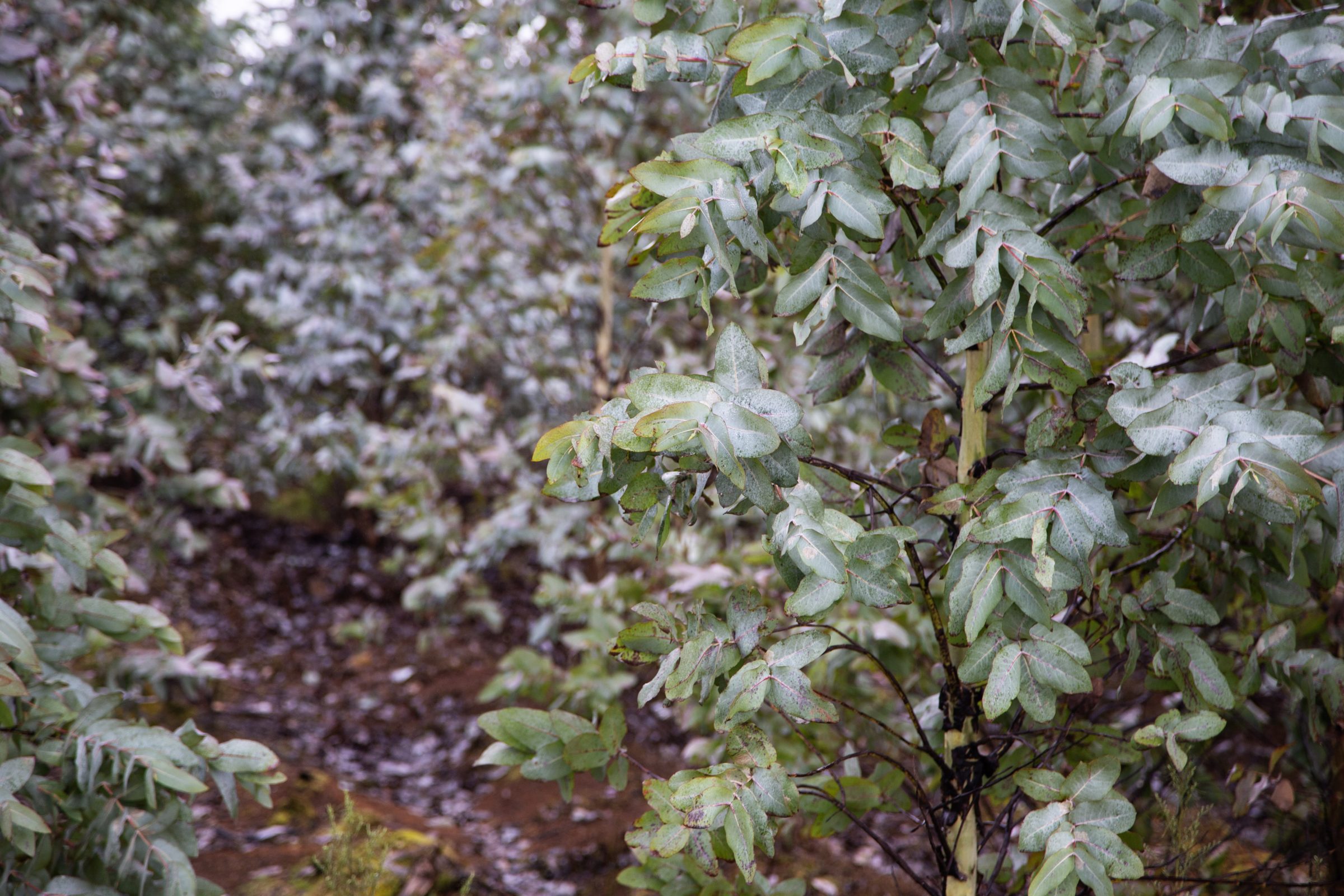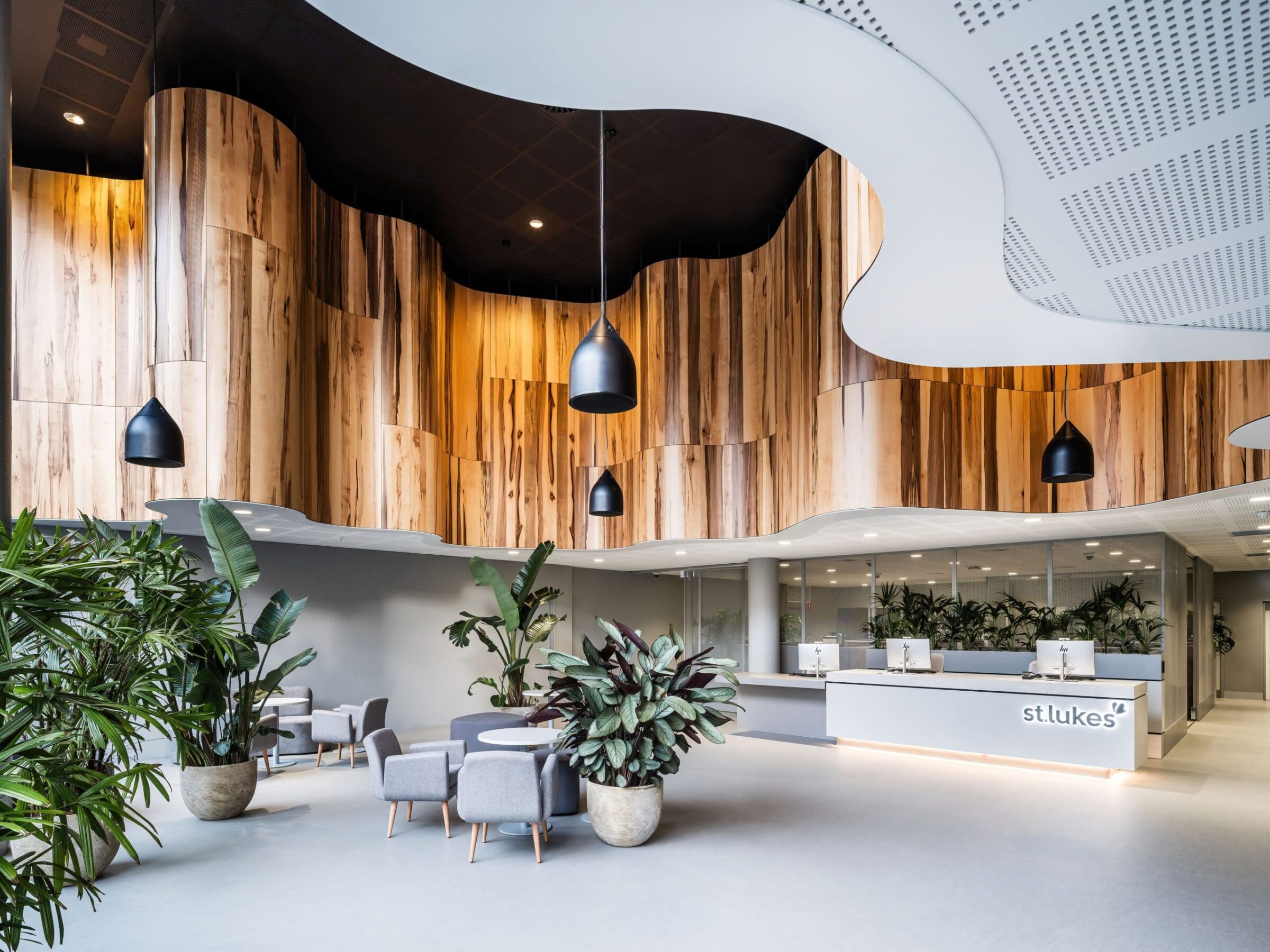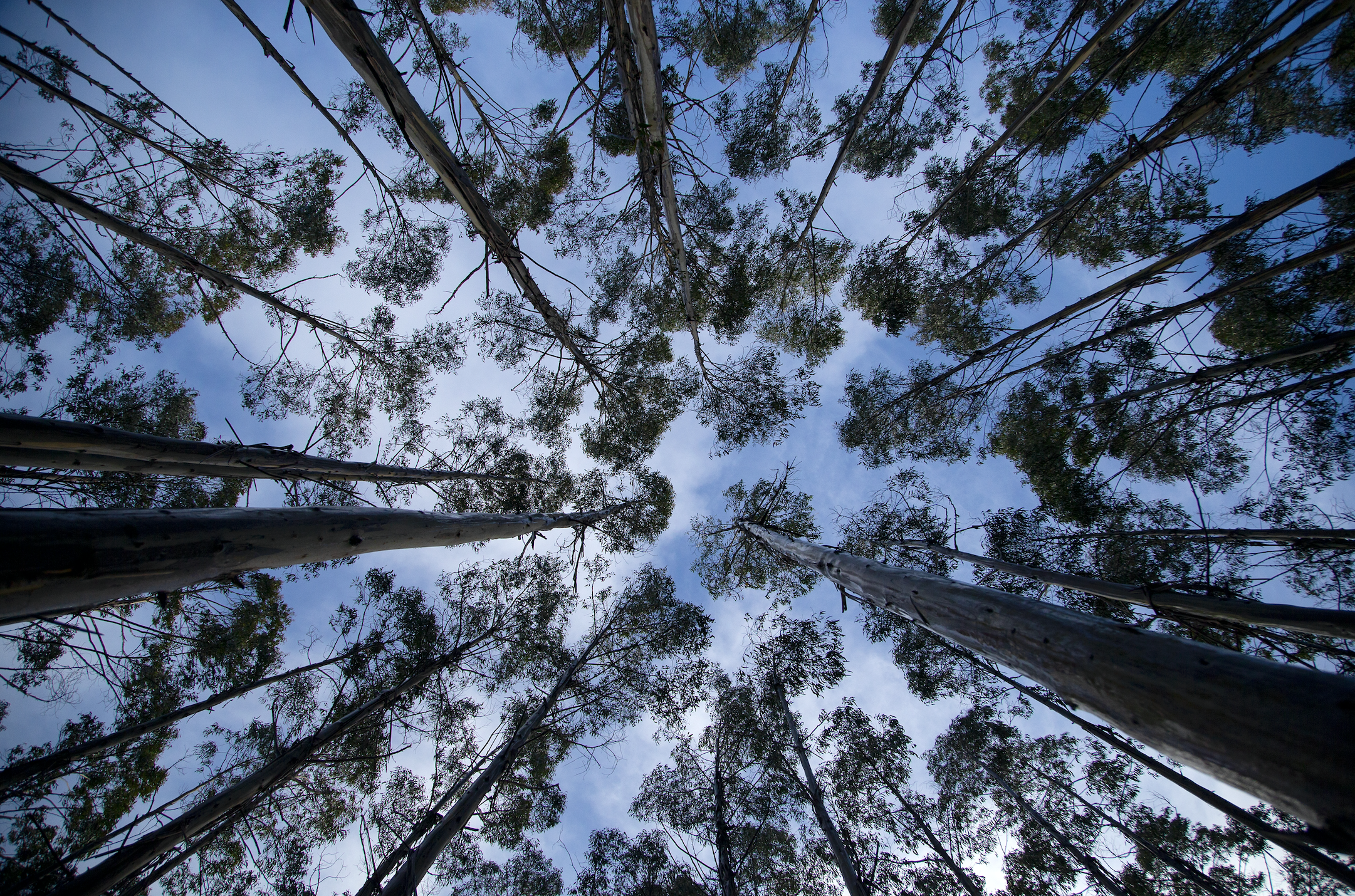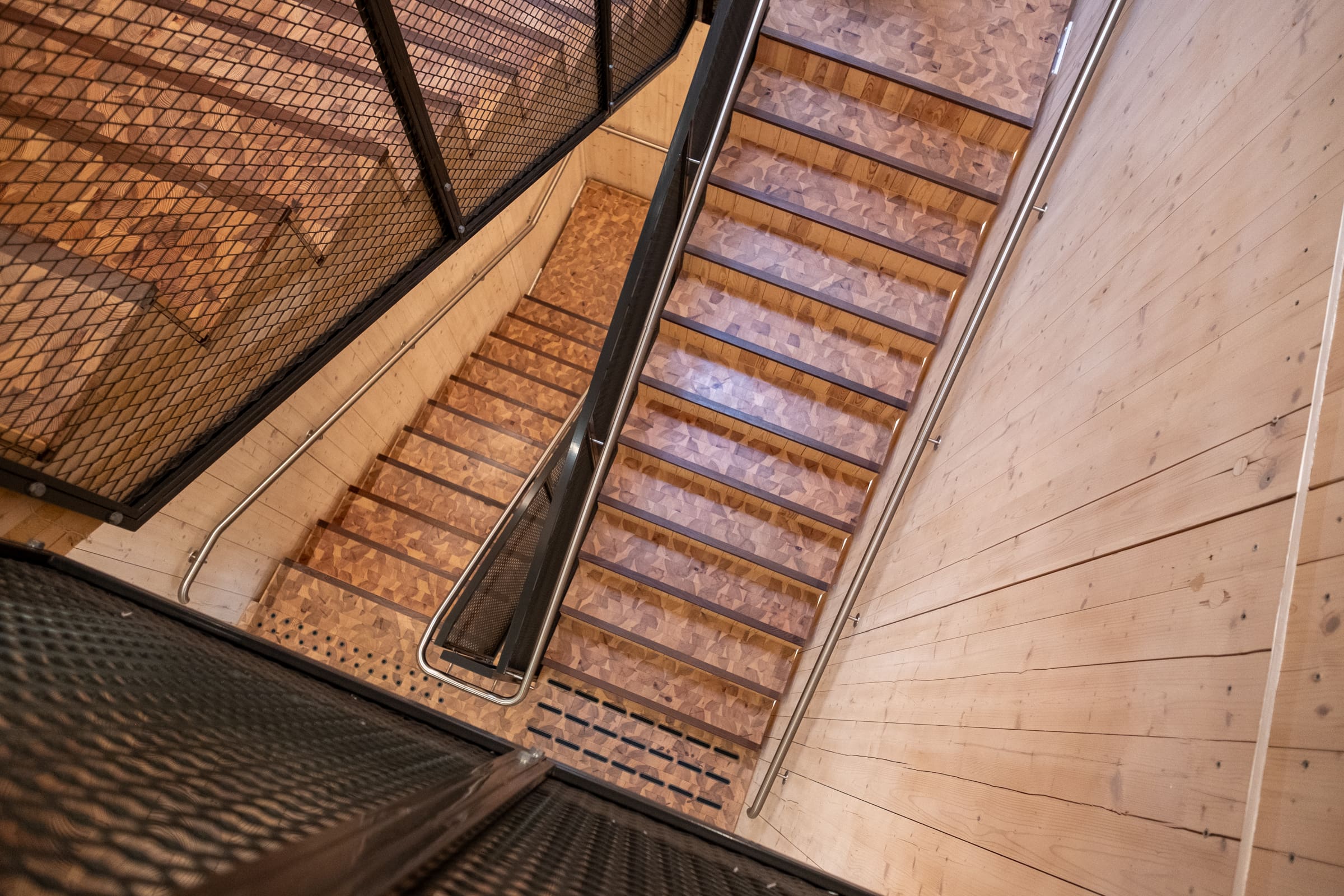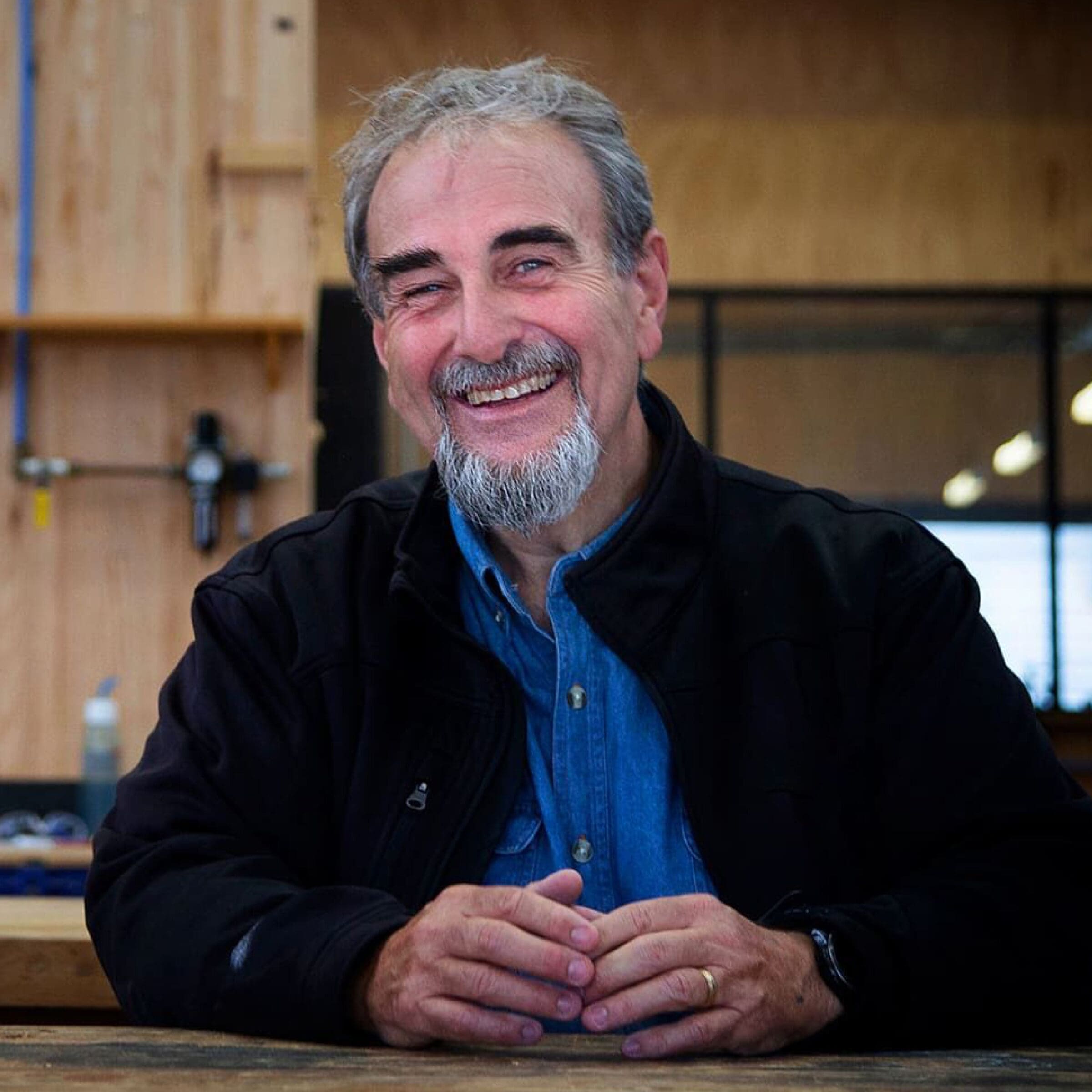A truly renewable resource: Tasmanian Timber’s sustainability journey
Originally published in Architecture & Design.
The Tasmanian Timber industry has come a long way in the last 50 years. From harvesting somewhere in the region of 1 million cubic metres of timber each year in the early 1970s, Tasmania now produces only 127,000 cube across the entire state – becoming a boutique industry with a sharp focus on sustainability and quality over quantity.
Timber is a renewable resource in the truest sense of the term, particularly in comparison with the vast majority of common extractive building materials like concrete and metals, and renewing the resource is at the core of Tasmanian Timber. 100% of what is harvested is regenerated, which – in addition to the obvious environmental reasons – goes to ensure the longevity of the industry itself and the livelihoods of the communities who depend on it.
The management of Tasmanian forests is closely monitored and regulated – first, by the industry itself which takes self-regulation very seriously, and second by statutory bodies such as the Forest Practices Authority who have teams of auditors combing the production forest for areas of environmental significance and cordoning them off. This means that in some cases even though a section of forest may be marked for harvesting, only a portion of it can actually be touched in practice.
But regenerated forest is only one piece of the pie – and it is at capacity. No more trees can be harvested than what is currently allowed and no more trees can be planted because everything that is harvested is already regenerated. So, there are some extra resources the industry has been cultivating. The first is the ‘thinned and pruned’ plantation estate. This is plantation grown timber intentionally cultivated and managed for sawlog. Plantation grown timber is generally very pale in colour, which makes it less desirable for traditional timber furniture, flooring and other purposes where the natural character of the timber is the centrepiece. The benefit of plantation-grown sawlog, however, is that it has a turnaround of about 26 years – roughly a third of the turnaround in regen forests.
In addition, the fibre grown plantation estate, used for woodchips, is now also being utilised for larger-scale building applications: Cross Laminated Timber (CLT) and Glue Laminated Timber (GLT).
The other incredibly innovative resource is Hydrowood. With much of the state powered by hydro electricity, Tasmania has a number of dams that, 50 odd years ago, used to be valleys covered in forest. Submerged under these manmade lakes are prized species like Huon Pine and Blackheart Sassafras, many in excellent condition due to the preservative properties of cold, deep water. These trees are being harvested and carefully processed to ensure that nothing is wasted and they go as far as possible within the market.
And therein lies the other key aspect of the industry’s sustainability journey – nothing goes to waste. The industry has vastly expanded its knowledge and capabilities in utilising every part of the logs that are harvested. Rather than just sawing beams and planks and tossing the rest away, processors are now cutting veneers and making cross laminated and other engineered timber products. Offcuts are glue laminated to make whole products like benchtops or stair treads. Sawdust is used by the agricultural industry. Any chips that are unusable for other purposes are used to fuel boilers at swimming pools and local factories and turned into wood-fire pellets for domestic heating. So, there is a circular economy that exists within the industry and within the Tasmanian community that utilises and in some cases relies on the ability of these processors to get everything they can out of this precious resource.
Technology has a huge part to play in continuing to find innovative and new ways to use timber, and the industry is investing heavily. Working closely with the University of Tasmania’s Centre for Sustainable Architecture with Wood and the National Institute of Forest Products Innovation, there is research happening into everything from accelerated durability testing to sensor technology that will help minimise avoidable loss in the timber drying process. There are PhD students employed by the processing plants to innovate more efficient glue types for CLT products. The industry is currently investigating how to move away from plastic wrap for timber packs to bioplastics. The list goes on.
Tasmanian timber is a community industry. The people in it understand the value of the resource they manage and take their responsibility very seriously. The industry today is virtually unrecognisable from the industry of 50 years ago, and that transformation has been driven by a dedication to hard work, sustainability and respect for the forests. It is about quality over quantity and maximising the value of every tree, and as current innovation and advancements come to fruition, the sustainability credentials of this already sustainable industry will only increase.
Tasmanian Timber is a proud sponsor of the 2020 Sustainability Summit and Awards. To receive a 20% discount on your ticket use code SA2020PARTNER. Click here to register.


